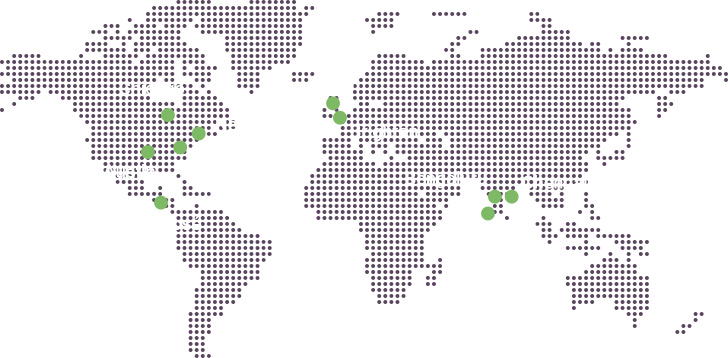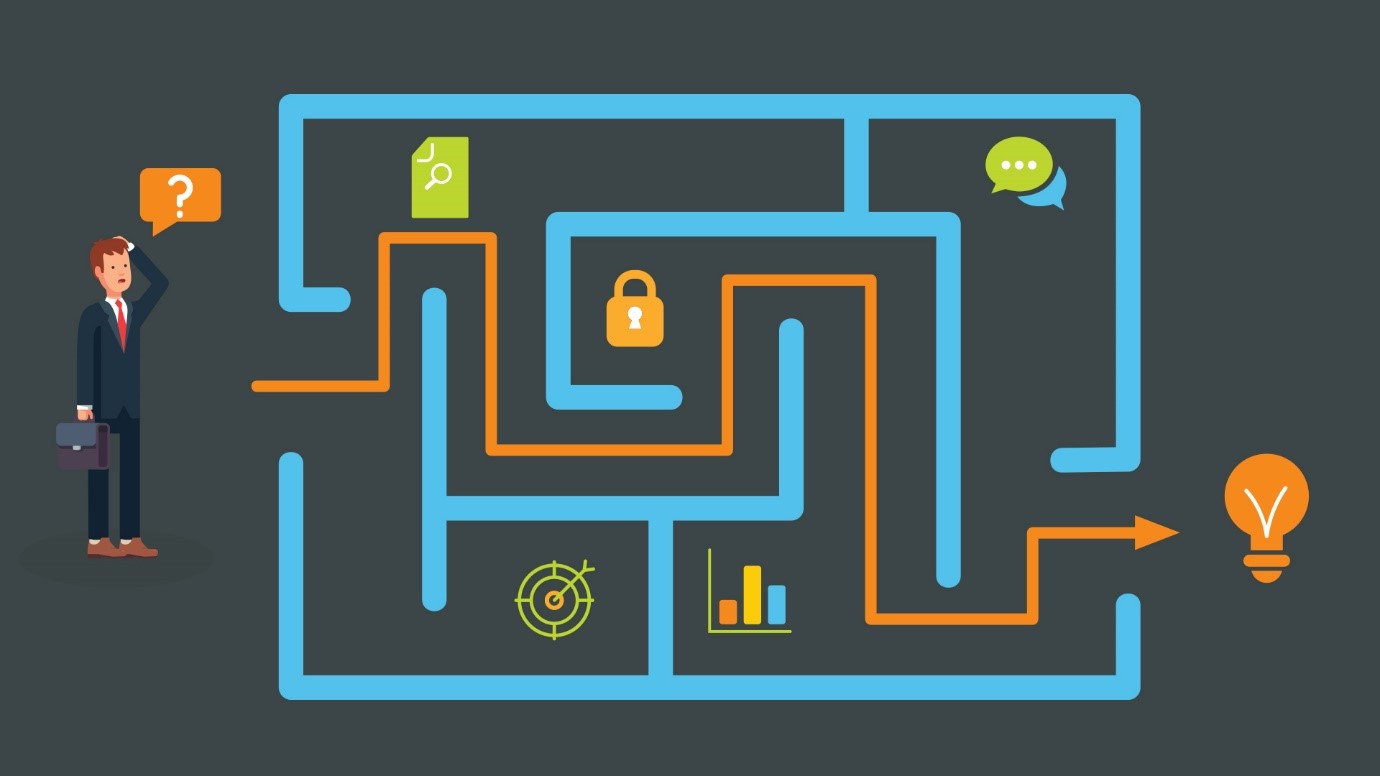
Thought Leadership From Industry Peers
- 10
- 6
Why and How to choose a Design Thinking-led Agile Innovation Partner?
Geetha Damodaran | Head – Project Delivery | Ignitho Technologies Inc

Modelling on Design Thinking
What does it feel like to be treated for an undiagnosed illness? The IT world has been doing this for some time now. Agile is considered the panacea for problem solving by IT giants and is recommended widely as a nostrum for rapid turnarounds through rapid prototyping with frequent iterations based on customer requirements.
In an innovation space, even the clients don’t have a clarity regarding what they actually want. Agile speeds the problem-solving process through sprints that involve, gathering client requirements, presenting prototypes, collecting feedbacks and making frequent iterations before delivering the actual product. Though this is done with a focus on the client to some extent, often the patient client gets redressed not for his real need.
Surveys today show that projects based on agile methodology have had a high failure rate, the reason being founded on the misalignment with the user and business goals. The novel shift in the process of solving problems has occurred with the focal point shifting to design thinking, a problem-finding step, which Tim Brown, CEO of IDEO says, “is a human-centered approach to innovation that draws from the designer’s toolkit to integrate the needs of people, the possibilities of technology, and the requirements for business success.”
Design thinking is a problem-finding design methodology that provides solution-based approach to solving problems. This has been the major facilitator in creating human-computer interfaces as it is user-centered. Moreover, studies show that coupling the design principles with agile methodology and strategic innovation, has increased the success rate of innovation voluminously. History is a witness to this, with big boys like Apple, Pepsi, IBM, etc. having outperformed their industry rivals with their design-led innovation strategy.
Steps involved in Design Thinking

Design Thinking involves five steps: empathize, define, ideate, prototype, and test. From empathizing with the user and drawing their behavioral patterns, defining an actionable problem, and then ideating through brainstorming and mind mapping, design thinking involves the end user and his needs. Next step involves prototyping wherein, a prototype is created so as to show the user a working model and have an embedded feedback mechanism to incorporate the changes as per the user feedbacks. Finally, these are sent for testing and reassessed repeatedly wherein a Minimum Viable Product (MVP) is made possible which can then be scaled to large-scale product manufacturing.
Checkpoints for Design Thinking-led Innovation Partnerships
With rapid growth and with the user as the lever, enterprises are pushed to think of partners who can deliver them agile solutions that are user centered. But the idea of joining hands with a bankable enterprise must be founded on the lines of innovation through agile methodology and design thinking. What follows is a list of checkpoints for such an alliance:
1. Innovation Pods: With digital disruption and the need for faster solutions, every able partner works in pods, also called innovation pods. These custom agile teams drive digital innovation through co-ideating and co-creating experimental prototypes.
2. Expertise in Design Thinking- A strong knowledge and experience of how to cultivate design for better user experience is a great differentiator when it comes to human-centered, informed manufacturing, with user-hinged ideation and creation of the model.

3. Screening prototypes: With design thinking comes greater enabling of a bankable vendor- buyer connect. Your ally renders a design-led ideation followed by prototypes which are screened to the clients to gain their feedback and incorporate further changes. Also, a well-knit cross-disciplinary functioning partner brings to you clickable, HTML prototypes that give a tangible feel of the final product which is a great assurance.
4. Global Presence and Distributed Agile Methodology: A distributed Scrum team, where the offshore and onsite teams work in concert, is a cherry on the cake. Bringing the globally dispersed talents on one platter and making it work, and delivering the best results is a key factor that drives enterprise partnerships.
5. Frequent Iteration: Both agile and design thinking believe in keeping the client always in the loop and working out their workable and constructive suggestions. Design thinking, like agile is also an iterative process that strives to understand the user’s pain, redefine problems, and derive new strategies and solutions.
6. Frugality: Agile methodology with the shortened development cycle reduces the development cost tremendously. Moreover, with an eye for the pain points of the user, the efforts for the agile methodology pays off while staying within a minimal budget.
7. Scalability: It is important to scale the product with the rapidly growing and frequently changing customer needs and the constantly transforming technology world. So, a business associate must be one who has an eye on the future and the resources to scale with time.
8. Rapid Application Development: Rapid Application Development is the keynote of the agile methodology. The prompt development of clickable prototypes when combined with continual feedbacks brings about the right product aligned with the users’ needs.
For an enterprise with these strong points, it will be an easy task to deliver great user-focused products in an agile way. Both agile and design thinking are hitched on the user demands and satisfaction and collaboration with the right partner helps to develop at speed and in accord with the market demand.
Designers can transform the way organizations, ideate and develop products and services for the end user. This drives human-centered, technologically feasible and economically viable solutions.
To learn more about distributed agile services led by user satisfaction, and design led innovation, click here.
Share this to :
Geetha is an experienced professional with close to a decade of experience in global project delivery. Along with a strong analytical background, having worked earlier in a senior BA role across multiple domains such as retail and finance, Geetha has a strong understanding of agile delivery processes and design thinking. Read More
Further Read
26 November 2018

Joseph Olassa
Co-founder & CEOIgnitho Technologies23 November 2018

Alison Booth
Programme Management ExpertBalfour Beatty | Allianz22 November 2018

